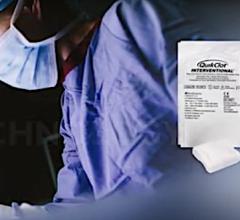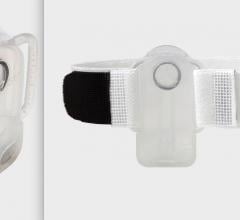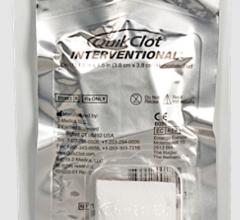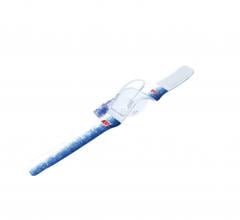May 4, 2012 - CardioDex announces initial commercial use of a new femoral access site closure device. Recent data from commercial use of the device on 41 patients at St. Marien Hospital in Siegen, Germany showed 100% success rate and no complications.
"We are very excited about these new data that demonstrates that this device provides a viable treatment for a major unmet medical need due to the increasing use worldwide of percutaneous femoral access and the subsequent high rate of complications seen" said Dr. Hans Peter Hobbach, deputy chief of St. Marien Hospital cardiac catheterization laboratory.
The new CardioDex thermal femoral artery closure device was used in 25 diagnostic cases and 16 interventional cases. The 100% success rate was obtained for normal or diseased femoral vessels with calcified plaque. According to Dr. Shimon Eckhouse, chairman and founder of CardioDex Ltd., "These very positive results confirm the data we observed in the first single-center clinical trial, that were presented earlier this year. This demonstrated performance of the Cardiodex closure device opens the door to a whole new and long awaited era for femoral arterial access and closure." One of the most exciting features of the device is the extremely short period before patient ambulation, diagnostic patients were ambulated within 2 hours and PCI (Percutaneous Coronary Intervention) patients were ambulated within 4 hours. There were no cases of hematoma or late bleeding, despite the fact that PCI patients were fully anticoagulated with heparin, aspirin and clopidogrel. Neither were there any cases of post procedural discomfort.
Method of action
The mechanism of action of the CardioDex device is based on controlled thermal closure of the arterial puncture site. The device consists of a temporary Nitinol anchor which is delivered via an existing introducer sheath and used to locate the puncture site. The fully controlled heating step is made possible by an integrated battery power unit and a heating system that is inserted over the Nitinol anchor wire on the site of the arteriotomy. Local short heating pulses provide sufficient hemostasis through the cross linking of collagen, leaving no residual material at the puncture site.
Unmet medical need
The market for percutaneous femoral access and vascular closure devices has grown significantly since they were first launched in the early 1990s and is based on a wide range of technologies. While some of the newer closure devices can be used in what was considered to be patients at high risk such as those with PAD (Peripheral Arterial Disease) and smaller caliber arteries, the CardioDex device can be used in all types of patients and situations, including bifurcations, PAD, SFA (superficial femoral arterial) punctures as well as in very thin or obese patients. Whatever the anatomic challenge, the CardioDex device has consistently shown outstanding efficacy, short time to
ambulation and reliable closures free of residual materials.
Prof. Charles Davidson, clinical chief, cardiology medical director, Bluhm Cardiovascular Institute, Northwestern Memorial Hospital and CardioDex's chief medical officer states that, "Thermal closure of the arterial puncture site has several potential advantages including nothing left behind and the ability to address challenging anatomies. The initial successful cases we have had demonstrate the promise of this new technology."
For more information: www.cardiodex.com
News | May 04, 2012


 October 27, 2021
October 27, 2021 






